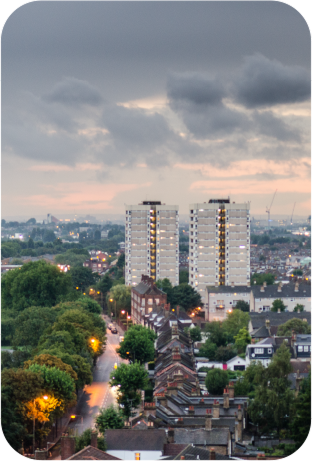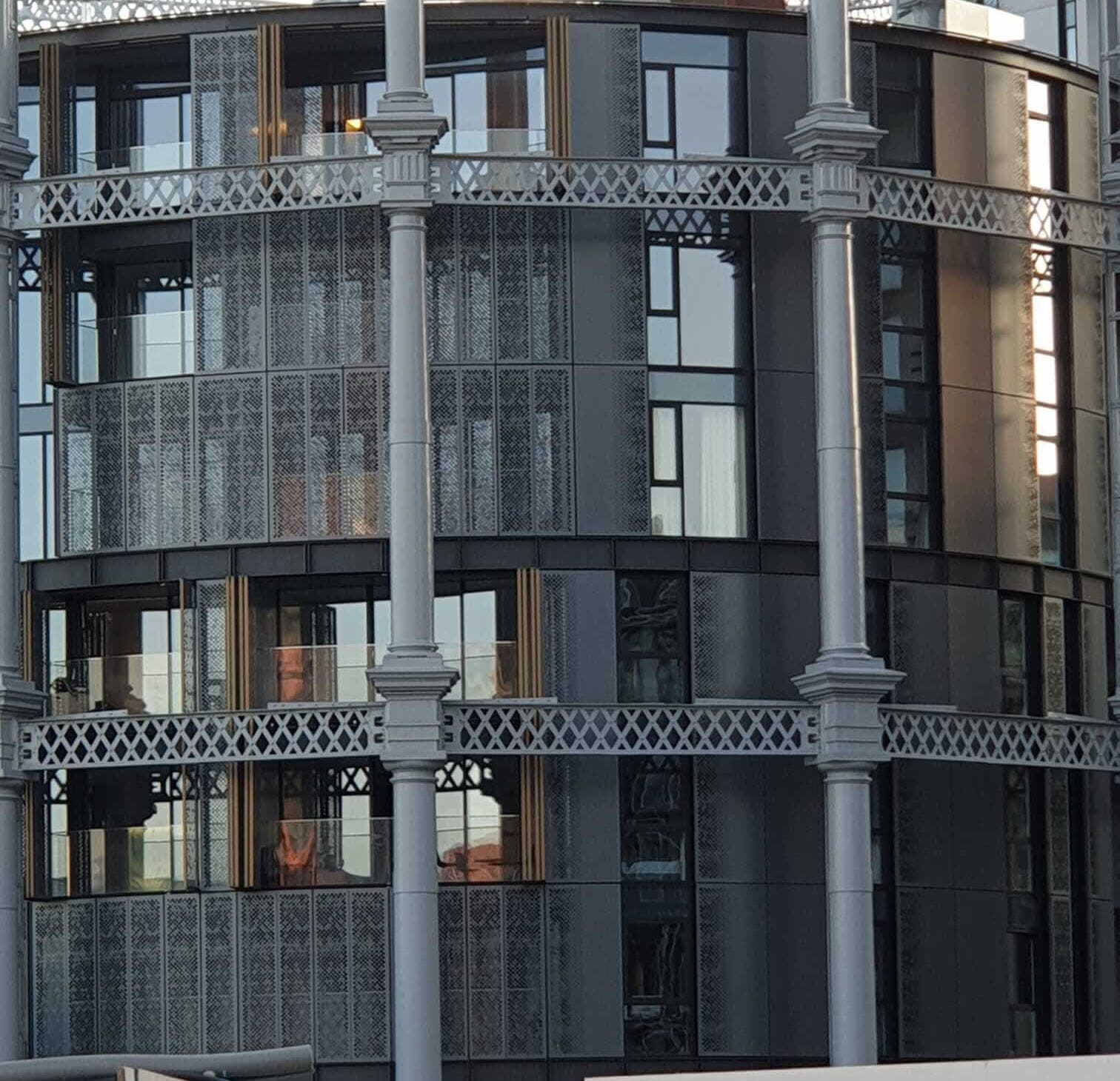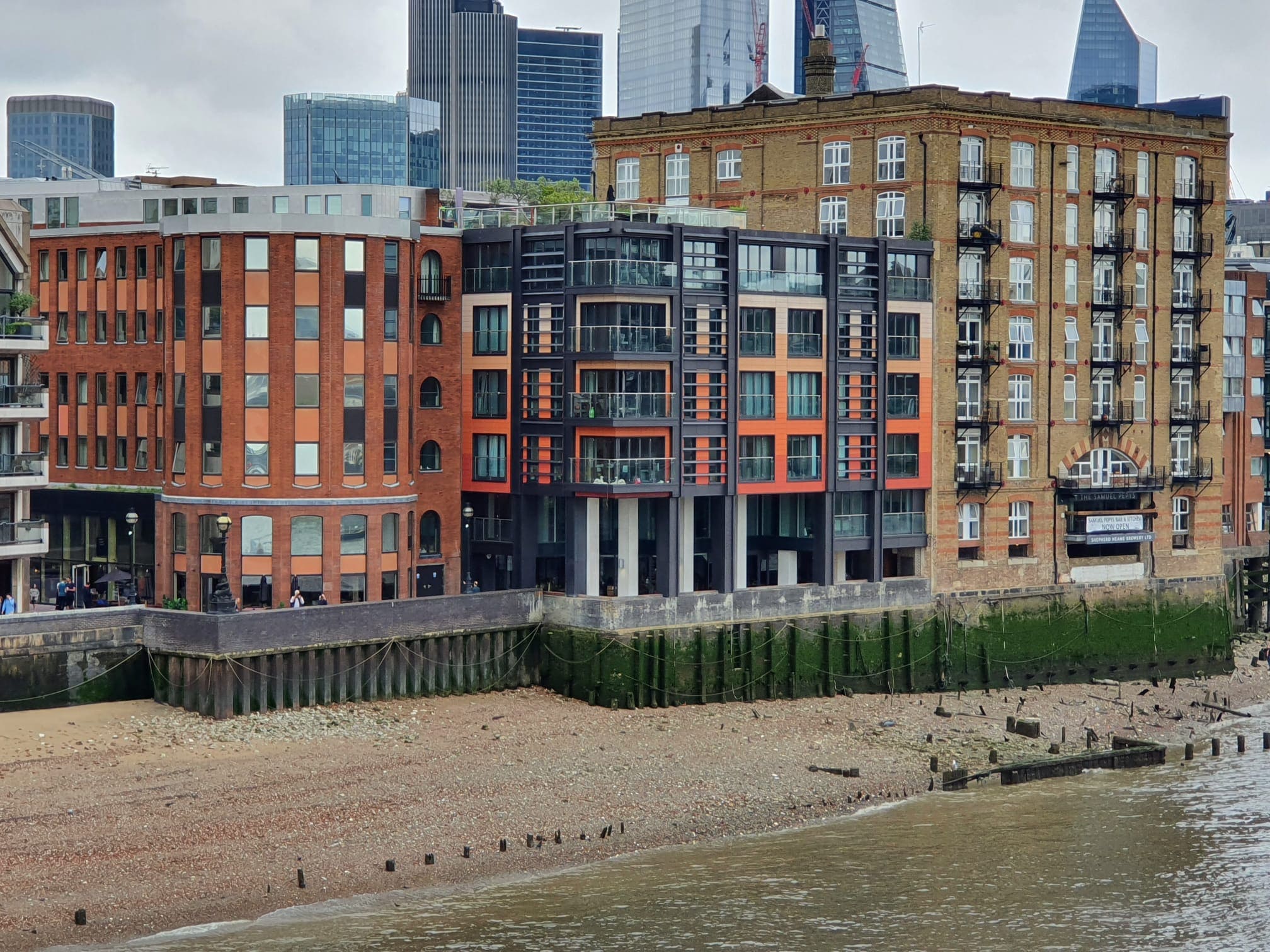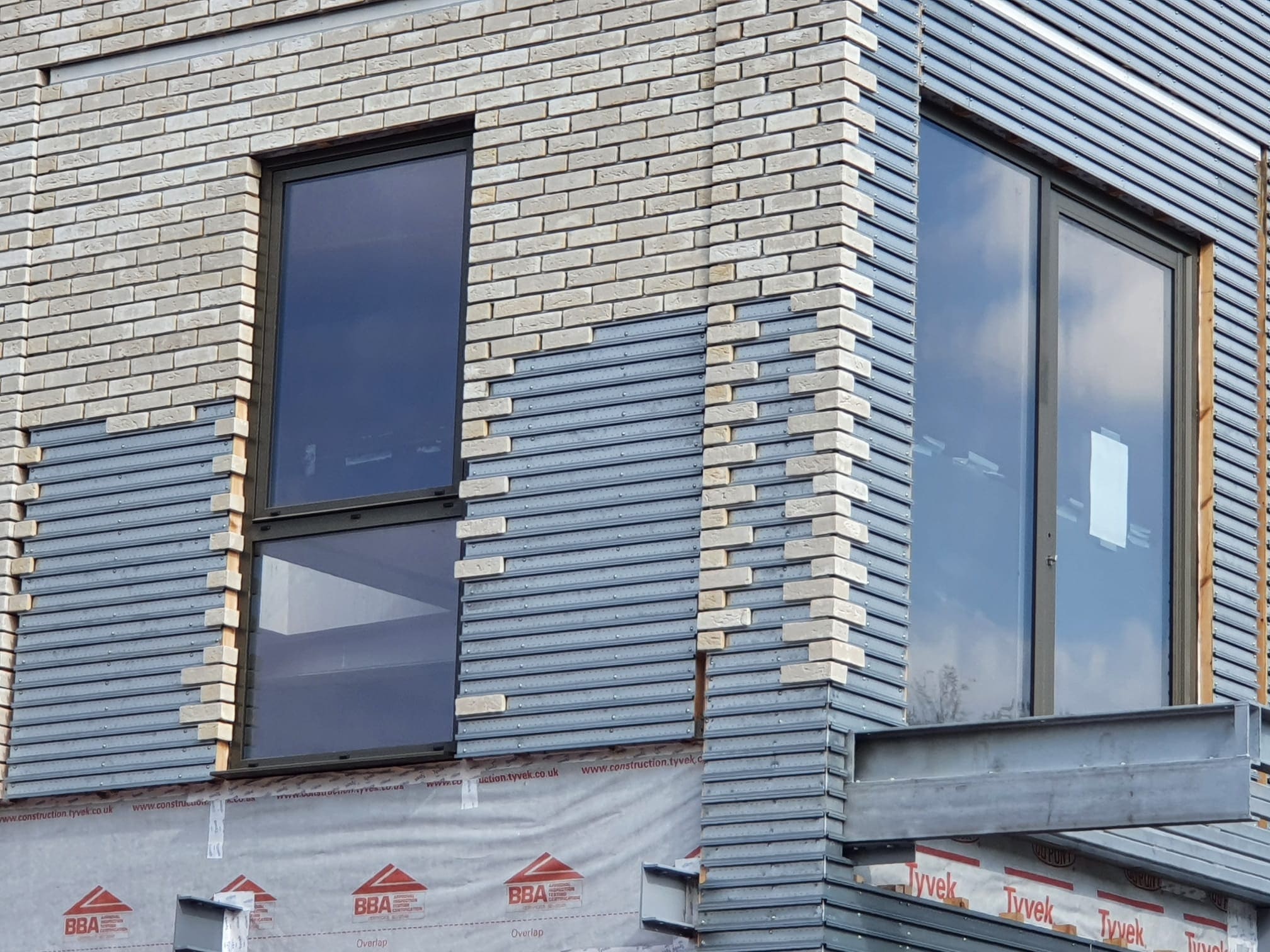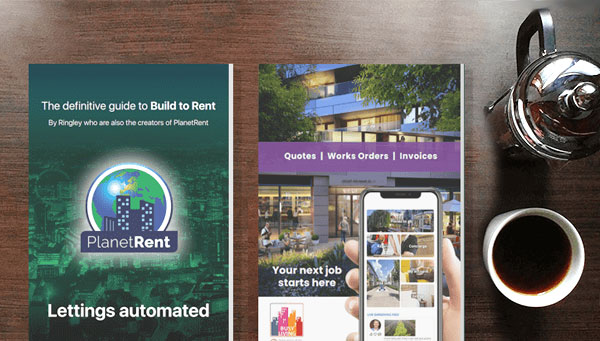 3
3
 0
0
The Building Safety Regulator (BSR), established under the Building Safety Act, seeks to enhance safety in higher-risk buildings, ensure accountability, and protect residents. Nevertheless, its implementation has uncovered significant challenges within the construction industry. According to the Building Safety Regulator, 40 per cent of applications fail to demonstrate compliance with building regulations, highlighting ongoing issues in the sector's approach to safety standards. And, new Build to Rent developments that the government so desperately wants are sitting vacant and unable to be let due to government delays. Put simply, the government have not resourced demand, and that is even after many developers quickly putting a space in the ground to avoid the new complexity.
Why is the Building Safety Regulator failing: Developer or Government?
In a recent meeting with the London Assembly’s Fire Committee, the Building Safety Regulator raised concerns about application quality. The high failure rate indicates systemic industry issues, where compliance seems secondary to approvals. This problem is compounded by the fact that building regulations have not been significantly updated since 2010. As a result, developers continue to face difficulties aligning their practices with the requirements of the new safety regime.
The Gateway 2 screening service is essential to the Building Safety Act, focusing on reviewing fire safety plans to ensure safety standards are met before construction. It aims to prevent unsafe practices, but its implementation faces challenges. Demand for Gateway 2 approvals exceeds expectations, causing delays. Many developers submit incomplete applications, slowing reviews and increasing BSR staff workload. Resource constraints within the regulator also limit its capacity to handle application volumes.
The Building Safety Regulation: The 3 Gateways explained:
In October 2023 the Building Safety Regulator was established as the Building Control Authority for high-rise buildings. It now assesses applications for high rise building, giving permission for building to start where requirements have been met. There are 3 gateways:
1) Land use planning matters related to fire safety (gateway 1)
2) Building control approval for higher-risk buildings (gateway 2)
3) Completion certificates (gateway 3)
Gateways 2 and 3 act as hold points, ensuring that safety is considered at each stage of the building control process and preventing progression to the next stage, e.g., stage 3 progression is to occupation unless the gateway requirements are passed.
How many developer remediation plans have the Building Safety Regulator approved?
In October 2024, reports indicated that the BSR had approved only 14% of developers’ remediation plans over the previous year. This low approval rate highlights the scale of the challenge and the need for systemic change within the industry. Several factors contribute to the high rate of non-compliance. Many developers focus on securing approval rather than ensuring safety standards during the application process. This approach leads to incomplete submissions and a lack of detailed safety assessments.
What will get building safety sorted in Britain?
The construction industry faces a severe shortage of skilled professionals in building safety compliance. According to experts, training an inspector to the required competency can take over two years, impacting the industry’s ability to meet BSR demands. Additionally, cultural challenges within the sector hinder progress. Building safety is often considered a bureaucratic requirement rather than a core value. This mindset limits the industry's ability to embrace the Building Safety Act's goals fully.
The BSR's approval process poses significant challenges. Developers face project delays in meeting Gateway 2's requirements, disrupting planning, raising costs, and creating financial strain. Contractors struggle too, as extended approval times complicate pricing agreements. I was at an evening dinner recently where Moda (one of the UK's leading premium brand build to rent operators) said that they were now factoring in 9 month delays into cashflows expecting buildings to be standing complete but empty due to the government failings in resourcing the system).
What will sort UK building safety?
The delays and backlogs of the Building Safety Regulators has frustrated stakeholders and eroded public trust. Concerns about safety and compliance have undermined confidence in the construction industry's ability to deliver secure buildings. Addressing these challenges necessitates a multi-faceted approach. The construction industry ought to invest in training and development to cultivate a pipeline of skilled safety professionals. This involves enhancing training programmes and collaborating with the BSR to standardise application processes.
Enhancing the quality of applications is also essential. Developers should prioritise safety and compliance instead of simply pursuing approval. Conducting comprehensive pre-application reviews and collaborating with experienced engineers can help fill gaps in safety assessments.
The Building Safety Regulator must enhance its capacity by increasing funding and hiring additional inspectors to manage the volume of applications. Streamlining the application process can also reduce delays and improve efficiency. Cultural change within the industry is essential to achieving the goals of the Building Safety Act. Developers should prioritise safety in decision-making processes and foster transparent communication with residents and regulatory bodies.
The challenges that developers and the BSR encounter reflect the growing pains associated with implementing a transformative safety regime. The high rate of application failures highlights the necessity for systemic change in the industry’s approach to building safety.
The construction sector can align itself with the standards set by the Building Safety Act by focusing on competence, improving application quality, and embracing cultural change. Achieving this alignment will require collaboration, transparency, and a commitment to safety.
It also goes without saying that whilst understood by the sector, in a landscape of rising construction costs and labour shortages, building safety regulator requirements is just another layer of fees and costs that prevent developments getting started.
FAQs
Why are so many applications failing to meet BSR standards?
Many developers focus on obtaining approval rather than ensuring compliance. Additionally, the industry lacks sufficient skilled professionals to meet the BSR’s rigorous safety requirements.
What impact are the delays having on the construction industry?
Delays are causing financial strain, project disruptions, and erosion of public trust. Developers face extended timelines, affecting planning and budgeting.
How can the industry improve compliance with BSR standards?
The industry must invest in training, improve application quality, and adopt cultural change. Collaborating with the BSR to standardise processes and enhance regulatory capacity will also be beneficial.





Meet our Expert Property Commentators

















